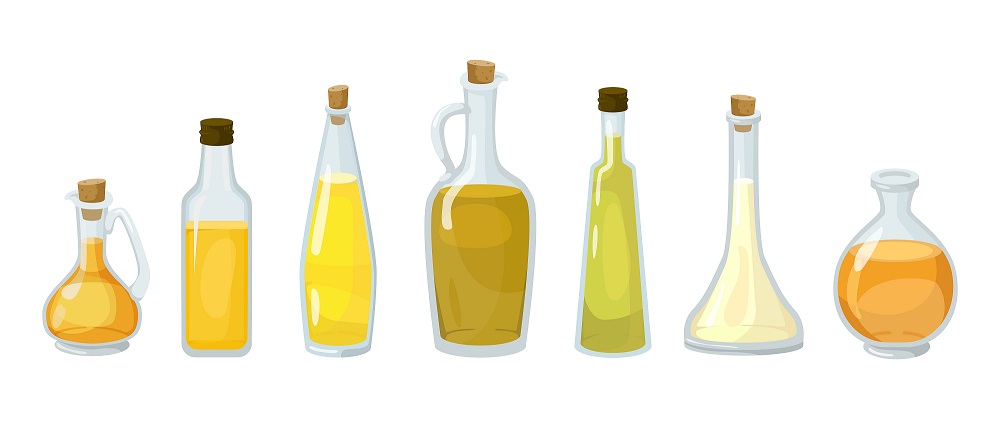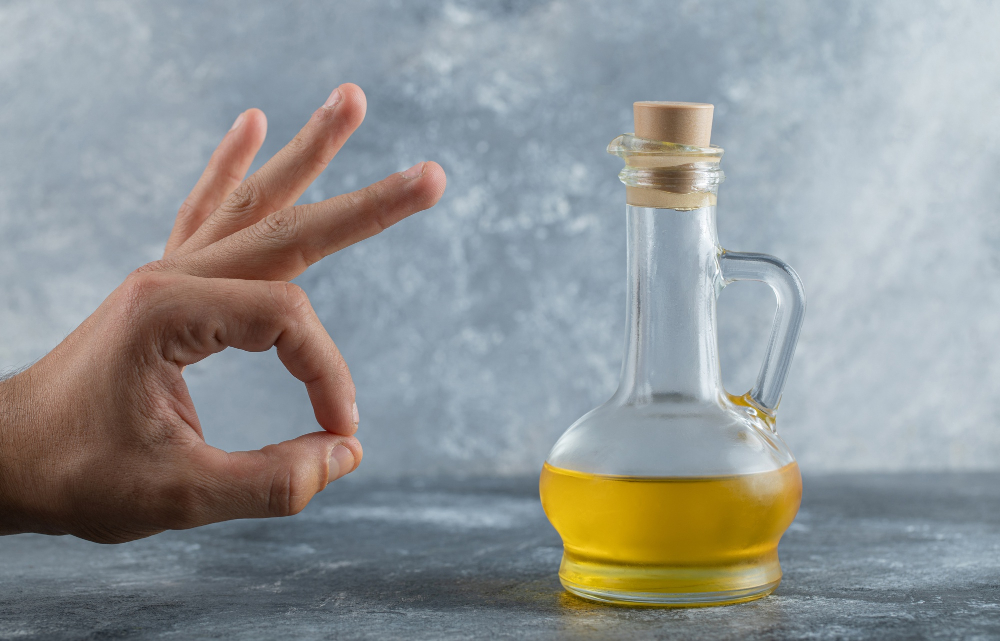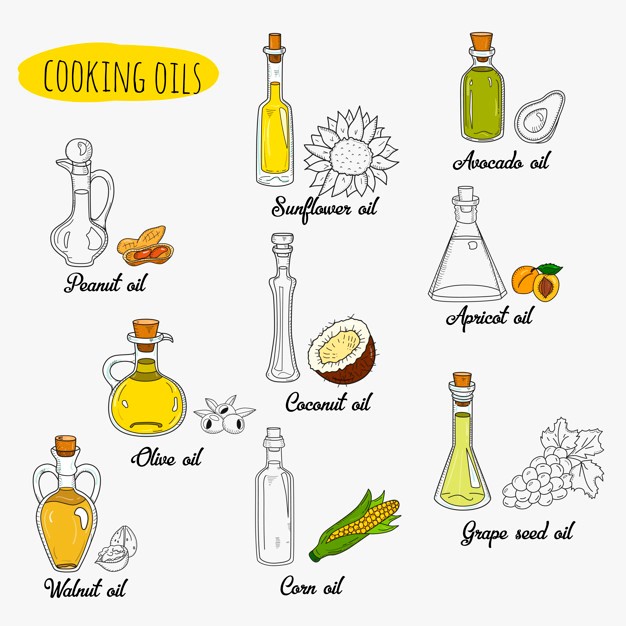Cooking oils are an essential part of any kitchen, but not all of them are good for your health. While some oils are healthy and beneficial for your body, others can be dangerous for your health and should be avoided.
In this article, we’ll discuss five of the most unhealthy cooking oils, their potential health risks, and their healthier alternatives. Whether you’re a home cook or a professional chef, it’s important to know the facts about the oils you’re using.
By choosing healthier alternatives, you can minimize your risk of developing chronic diseases and improve your overall health.
Ready to learn more? Let’s get started!
What are unhealthy cooking oils?
Unhealthy cooking oils are those that are high in bad fats, like trans fats and saturated fats. Healthy cooking oils are those that are high in good fats like polyunsaturated and monounsaturated fats. Fats are an essential part of a healthy diet, but they should be consumed in moderation.
There are two types of fats—good and bad. While healthy fats promote heart health, boost your brain health, and regulate your hormones, unhealthy fats can increase your risk of chronic disease, like heart disease and type 2 diabetes.
Potential health risks of unhealthy cooking oils
Unhealthy cooking oils are high in bad fats, which can lead to long-term health risks, like heart disease, type 2 diabetes, and certain cancers. Unhealthy cooking oils are high in saturated fats, trans fats, and/or polyunsaturated fats.
Studies suggest that trans fats and polyunsaturated fats can increase your risk of heart disease and type 2 diabetes, whereas saturated fats can increase your risk of certain cancers. Unhealthy cooking oils are low in antioxidants and minerals, like vitamin E and selenium.
Studies show that high intakes of saturated fats and trans fats can decrease blood levels of antioxidants and increase blood levels of harmful cholesterol. While healthy fats are beneficial for heart health, unhealthy fats can increase your risk of chronic diseases.

Five of the most unhealthy cooking oils
Commercial peanut and vegetable oils (peanut oil is used for deep frying or for popping popcorn) – Commercial peanut and vegetable oils are often high in trans fats, which is one of the main reasons they are commonly avoided.
They are often used for frying, although peanut oil is also used for popping popcorn. Instead, try using healthier oils such as coconut oil or avocado oil.
Corn oil – While corn oil is high in polyunsaturated fats, it’s low in antioxidants and minerals. It also contains high amounts of both saturated and trans fats, which can increase your risk of heart disease and type 2 diabetes.
Ghee – Ghee is a type of clarified butter that’s high in saturated fats and can increase your risk of certain cancers.
Palm oil – Palm oil is high in both saturated and trans fats. Studies show that palm oil is comparable to hydrogenated oils, which are high in trans fats and are not recommended due to their high risk of heart disease.
Safflower oil – Safflower oil is high in both saturated and trans fats, although it also contains a small amount of monounsaturated fats. It’s low in antioxidants and minerals, so it’s not a good choice for high-heat cooking.

Healthy alternatives to unhealthy cooking oils
Avocado oil – Avocado oil is high in monounsaturated fats and a great choice for high-heat cooking. It has a mild, buttery flavor and is also low in calories.
Canola oil – Canola oil is low in both saturated and trans fats and is a good choice for low-heat cooking.
Coconut oil – Coconut oil is high in saturated fats, but studies show that it doesn’t increase your risk of heart disease. It’s best for low-heat cooking, but it has a high smoke point and is also suitable for high-heat cooking.
Flaxseed oil – Flaxseed oil is high in polyunsaturated fats and low in both saturated and trans fats. Peanut oil – Peanut oil is high in both polyunsaturated and monounsaturated fats and low in both saturated and trans fats.
How to choose the right cooking oil
When choosing a cooking oil, it is important to keep in mind its nutritional value, smoke point, and health risks associated with the oil. Nutritional value is important because we want to choose a healthier oil. Cooking oils with a high smoke point are often healthier since they have less free radicals that can damage cells. When choosing a healthier cooking oil, consider the nutritional value and smoke point of each oil.
Healthier cooking oils are often less common cooking oils, such as avocado oil or coconut oil. These cooking oils are often more expensive than commonly used oils, such as corn or vegetable oil. It is important to consider the cost of each oil when choosing a healthier alternative.
Conclusion
Overall, the best way to choose your cooking oils is to know what types of fats are in each oil, as well as its cost and smoke point.
Healthier oils like avocado oil and flaxseed oil cost more than other oils, but they’re worth the extra cost. Choosing healthy oils will help you reduce your risk of chronic diseases and promote heart health.
Remember, not all fats are created equal, so be sure to choose the healthier options. By choosing the right oils for your cooking needs, you can improve your health and reduce your risk of chronic diseases like heart disease and type 2 diabetes. Ready to start cooking with healthier oils?
Great! Now let’s get cooking!
















